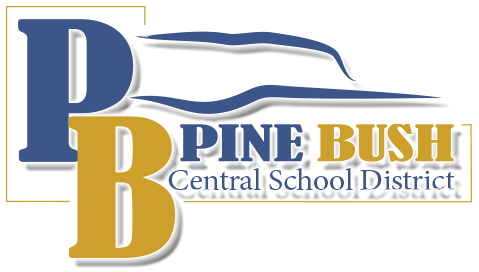Here is a dilemma: How do our students who are new to our country learn when they don’t understand the language?
It’s something our English as a New Language (ENL) teachers deal with every day. They keep looking to improve the educational experience of our ENL students in any way they can, making the transition as seamless as possible.
Kate Shadrin, a special education teacher at CVMS, read an article recently about a teacher who applied for a grant to buy Timekettle WT2 Plus Translator Earbuds, a device that translates verbally and in writing what a teacher is saying in class and, in turn, what a student replies.

Ms. Shadrin brought the article to Maureen Curtin, the secondary ENL leader. Members of the ENL department knew of such devices but thought they were cost prohibitive. Now, Ms. Curtin realized, maybe there was a way to get funding for them. That started the ball rolling. Ms. Curtin talked to Principal Lee Hankinson who was onboard with the new devices.
“Principal Hankinson has always been so supportive of our ENL students,” said Ms. Curtin. “She immediately utilized building funds to make this opportunity for our newcomers possible.”
How the earbuds work is the classroom teacher wears one earbud and the student wears the other. The technology is also attached to the student’s Chromebook. As the teacher speaks, the student hears the lesson in his or her language of choice. On the Chromebook, the text comes through in both English and the student’s specified language. There are 40 languages to choose from with 95 percent translation accuracy.

“The earbuds are an amazing tool. Our content-area teachers can use them to translate material into other languages,” said Ms. Curtin. “The translation takes about two to three seconds. It is heard in their native language, and written in their native language as well as English.”

Instruction is always provided in a student’s first language, she added, with translated textbooks and materials. This technology is huge because it’s immediate and in the classroom.
For many newcomer students, English is their second – or sometimes their third – language, according to Ms. Curtin. This device not only helps them learn and understand this new language, but also helps the social/emotional piece by decreasing anxiety. They are understanding and can pick up with learning immediately. The students can also participate in the class discussion.
“Our goal is to have students use their first language while they learn English. This is called translanguaging,” said Ms. Curtin. “The earbuds are a great educational support for this. They allow the students to participate and be an active member of the classroom. The technology will also help teachers determine if there are any learning deficiencies.”
The devices were used first at Circleville Middle School in a pilot program with R.J. Gabriel in science and Abby Williams in math. Normally, the instruction is all in English. For the student that knows little or no English, the time spent in class is not always productive and sometimes frustrating. These devices help students learn from the start. Hope Schaumburg, an instructional technology coach for the secondary schools, was instrumental in the rollout, helping with trouble shooting along the way, along with Ceia Acvedo, the CVMS instructional technology assistant.

More devices were then delivered to Crispell Middle School and Pine Bush High School.
The advantages of these devices go beyond the classroom. Ms. Curtin said teachers can take a screenshot of the text and email it to families so that they can help their children at home, creating a home/school connection from the start for ENL families. The devices can even be used during parent/teacher conferences.
“This is so exciting,” said Ms. Curtin. “It’s yet another tool for us to help teach our students. The goal is to see a lot of growth and for our students to achieve success.”
She certainly has great expectations for this technology.
“This is going to be a game changer.”
